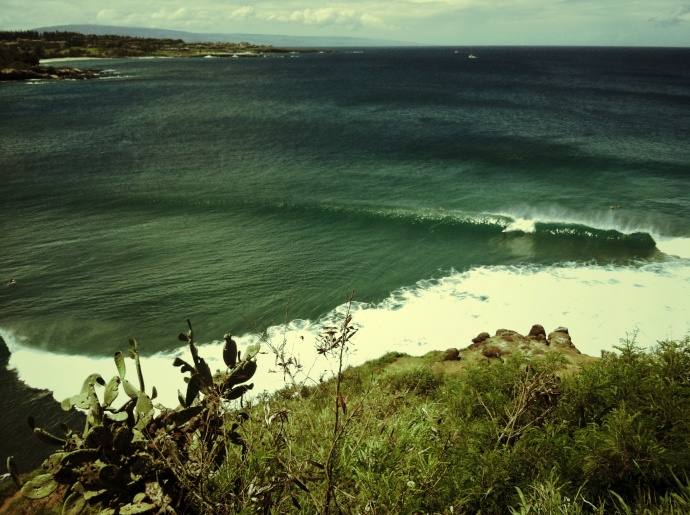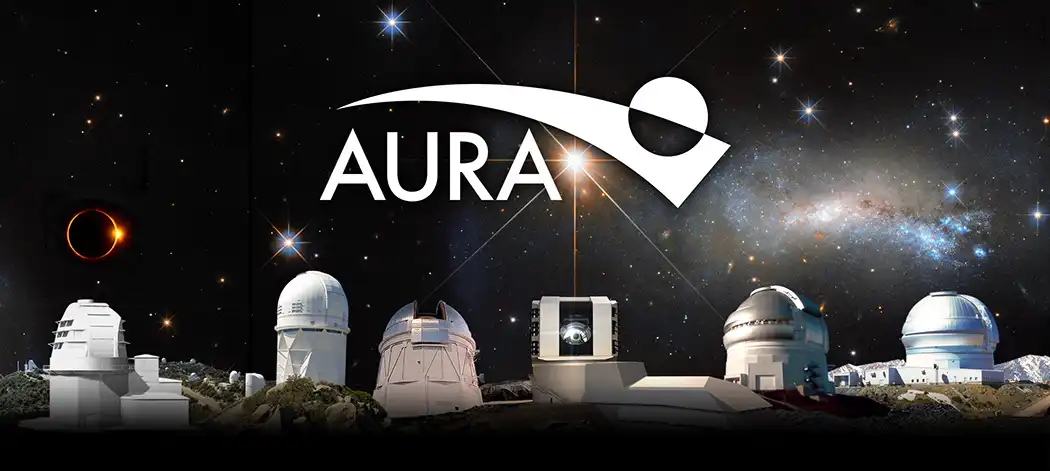South Swells and the Outer Island Blockage Problem
Surf reporter Carlos Rock is an experienced surf instructor who has been riding Maui’s waves his entire life.
By Carlos Rock
Imagine this, you hear news of a 6-foot south swell about to hit Hawaii. You wake up early the day of the swell to go surf your favorite spot and you pull up and its flat.
And you think, “Great, I skipped work for this? I’m never trusting the surf report ever again.”
How is this possible? When you hear news that Oahu is going off?
The answer: outer island blockage.
The islands surrounding Maui that make up “Maui Nui” or Maui County include Kaho’olawe, Lanai, and Moloka’i. These islands, although beautiful to look at, in fact block and/or redirect most of the south swells to select spots on the island.
As opposed to Oahu or Kauai where there are no surrounding islands close enough to block any swell, the surf forecast is usually right for south swells.
Surfers on Maui can only hope for surf if and only the outer islands do not block most of the swell energy.
The outer islands limit Maui to only a few surf-able spots instead of the entire south and south-west and south-east facing shores.

Ma’alaea needs just the right swell and direction to turn into a world class wave. Photo: Carlos Rock
There is currently a swell that is producing 15-foot faces down in Fiji and based on the usual swell patterns and direction, all of that southern hemisphere energy will travel north and eventually grace the south shores of Hawaii before slowly dispersing out in the North Pacific.
That is the usual life cycle of a south swell.
A storm system will form somewhere near Antarctica or below New Zealand and produce 30-foot seas at the source or bigger. Those waves will get rippled out and pushed north as it hits French Polynesia (Tahiti, Fiji, Samoa etc.). By the time it reaches Hawaii, the swell will have lost some or most of its energy.
In other words Hawaii usually gets the scraps, unless it is a massive swell like late summer 2011 where a huge swell turned Tahiti into something the surf world had never seen before, and lit up Hawaii with what the Maui News called the “biggest swell in 10 years.”*
The swell forecast/surf report says that there will be waves in the 3 to 4-foot range
starting next Tuesday, but the blockage, mostly from Kaho’olawe and Lanai, will always
be there to change things up.
Think about it, if Kaho’olawe and Lanai were not there, there would most likely be consistent surf-able waves in Kihei because there are decent reefs there just waiting for a swell to turn on.
So, the next time the outer islands are blocking the swell at your favorite spot, know that they are there for a reason, and not just to ruin your day.
The outer islands actually produce better waves for Maui by directing swells to certain spots.
Take Honolua Bay for example, if Moloka’i were not there blocking most of the swells except for the biggest and best north and north-west swells, Honolua Bay would not produce the same point break perfection like it does every winter.
That is just one example of how the outer islands play a huge role in swells and just basic ocean mechanics. There are many other spots on Maui that take just the right amount of
swell and swell right direction to actually work.
And that is a blessing.
As far as this upcoming 3-foot swell? Pray for surf.
*2005 was bigger (video).












